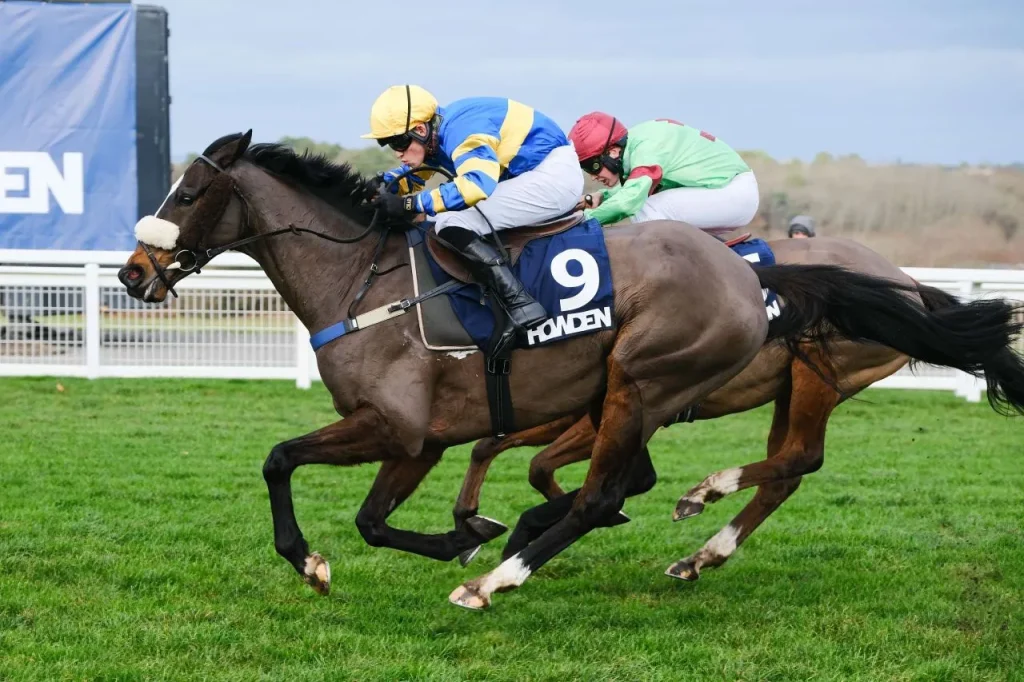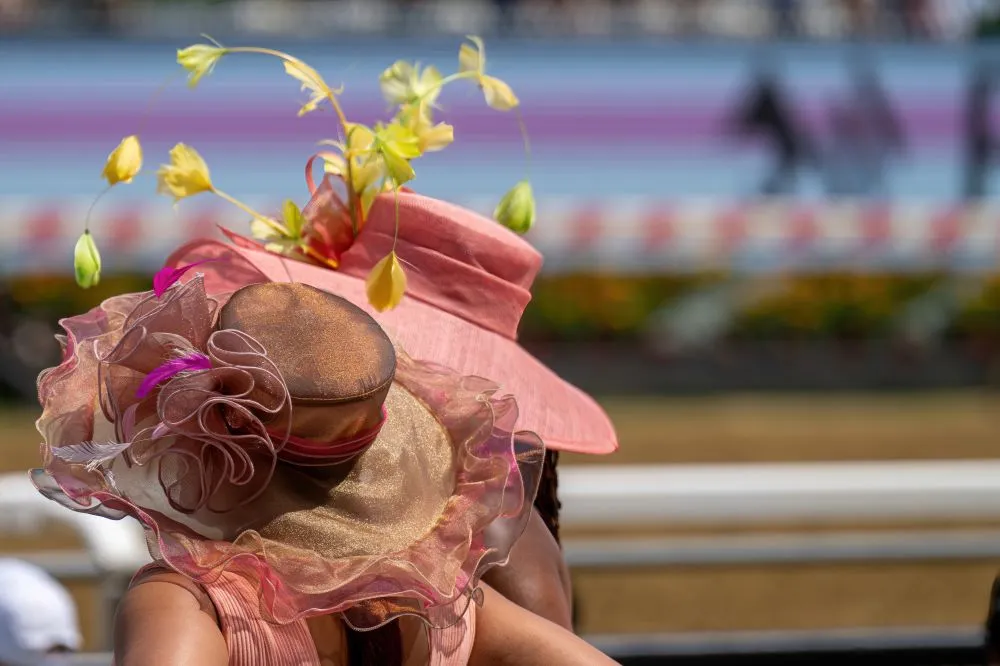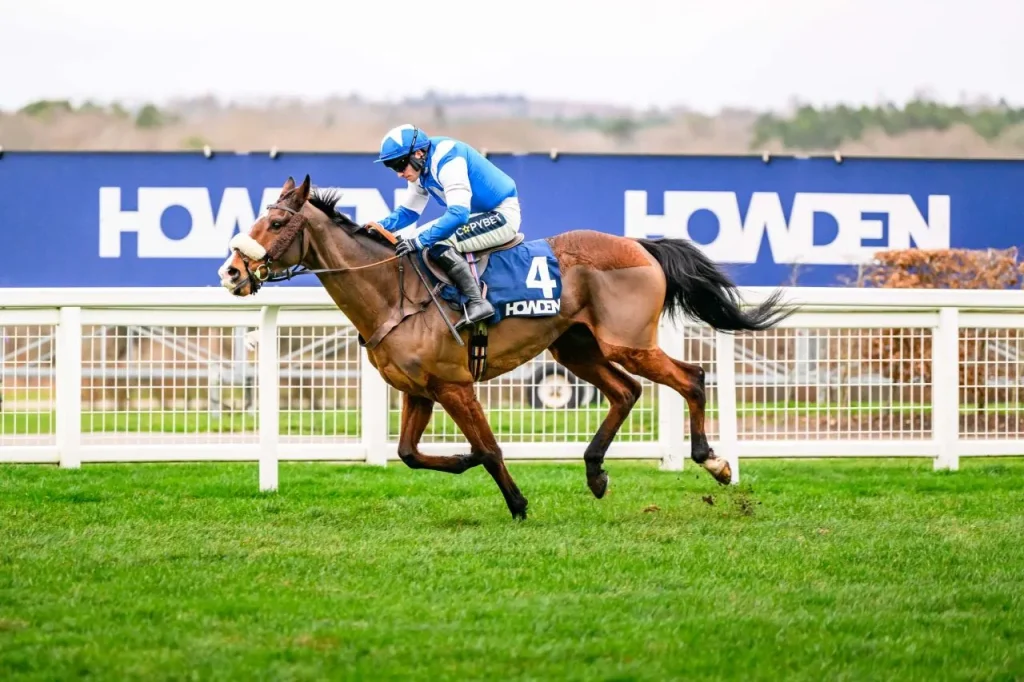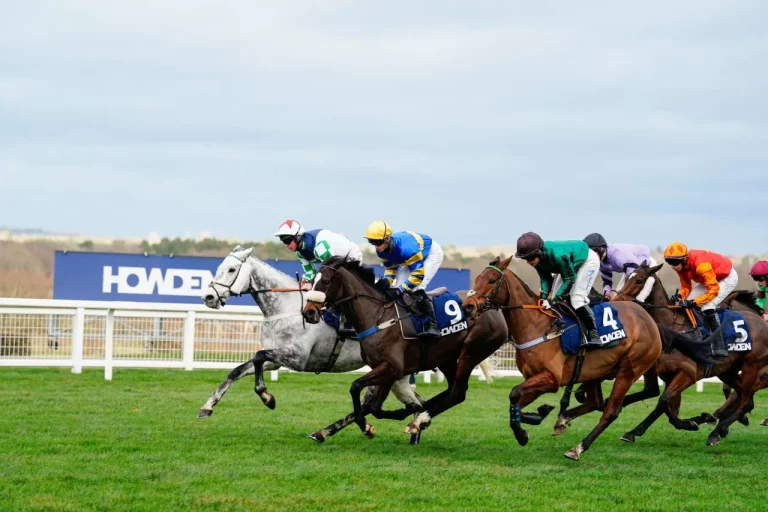Royal Ascot 2024 is a highlight in the global horse racing scene; spanning from 18th-22nd June, this prestigious event promises five days of exhilarating flat racing, vibrant fashion, and an electric atmosphere both on and off the track.
If it’s your first time going, or you’re a horse racing regular, here’s a guide to Royal Ascot including which races to look out for, betting terms you may not know, and how to make the most of your time there!
Races to watch at Royal Ascot 2024
Royal Ascot is a popular and exciting event in the horse racing calendar, so if you’re going for the first time, which races and horses should you look out for?
Tuesday is celebrated for the finest flat racing, with headline races such as The Queen Anne Stakes and St James’s Palace Stakes. Wednesday follows with the Prince of Wales’s Stakes, offering a more relaxed atmosphere.
Thursday, known as Ladies’ Day, features the Gold Cup, attracting huge crowds and elaborate hats! Friday brings the Coronation Stakes and Commonwealth Cup, and Saturday wraps up the week with the Queen Elizabeth II Jubilee Stakes, ensuring an unforgettable finale.
Each day, the first race will go off at 2.30pm, with the final race due at 6.15pm, giving you plenty of time to explore the grounds, socialise, and enjoy your time at Royal Ascot. And if you’re watching from home, you can tune in to ITV for racing coverage.
And, as the name suggests, Royal Ascot has historic regal connections. This year, the King and Queen have three horses entered: Treasure in the Ribblesdale Stakes, High Order in the King Edward VII Stakes, and Desert Hero in the Hardwick Stakes.
How to know which horses to pick
Whether you’re a rookie or a veteran, having a flutter at the races is part of the excitement. But how do you know which horse to back? Well, it all comes down to luck!

The odds give you an indication of how well a horse is expected to do, and how much money you could win if the horse you back is successful. Odds where the first number is bigger than the second e.g. 10-1 means odds against and therefore is less likely, and vice versa. Odds where the second number is bigger e.g. 1-2 is odds on and considered more likely to happen.
Ultimately the odds are the relationship between risk and reward. The ‘favourite’ is the horse with the shortest odds to win i.e. a low-risk bet, but you’ll win less. While a ‘drifter’ is a horse that’s chances of winning are increasing ahead of the race. Here’s some more terms and lingo you might hear on the day, and what it all means.
Each-way vs Bet to Win
An each-way bet essentially comprises two wagers – one to win and one to place. Most casual punters place each-way bets as it reduces their chances of losing.
You can also choose ‘Bet to Win’ or ‘Bet to Place’, which is backing a horse to win the race, or place in the top three. Bet to Win is sometimes referred to as ‘on the nose’.
Placepot Bet
At Royal Ascot, pick a placed horse from the first six races on the card. All stakes entered into the pool will then be divided between the winners.
Accumulator Bet
An ‘acca’ is a bet with three or more ‘legs’ or parts to it, which all need to come in for you to win. The potential return is higher because any return and returned stake becomes the stake for the second leg, and so on.
The types of horses
A male horse under the age of five is a colt, and then becomes a stallion at this age. A young female horse is called a filly, and is referred to as a mare from age five and up. And just in case you weren’t confused yet, a ‘pony’ isn’t a horse, but a £25 bet.
Racing conditions
In horse racing the ‘going’ refers to the ground conditions the horses will run on. There are lots of variations but in a nutshell, the more it rains the softer or ‘heavier’ the ground. Less rain equals harder or ‘firm’ going.
A soft surface can be harder for horses to run on, but some horses enjoy these conditions and run well. So be savvy and scope out the line-up before placing your bets!
Is there a dress code at Royal Ascot 2024?

There are a few rules about the way you dress at Royal Ascot. The event organisers say formal daywear is encouraged, so men must wear a formal suit with a collared shirt and tie. For anyone wearing a suit, the jacket and trousers must match in colour and pattern.
Dresses or skirts must be at least knee-length, and neither strapless or sheer dresses, nor bow ties or cravats are permitted in certain enclosures. And it wouldn’t be Royal Ascot without a hat, headpiece or fascinator! If you have any queries about dress code, see the full guidelines here.
Howden at the races

As an official partner of Royal Ascot, Howden continues to invest in a sport we love and an industry with which we have a rich history. Our specialist equine division is well-established in the racing world, delivering a complete range of insurance products to equestrian associations, racecourses, racehorse trainers, stud farms, riding schools and horse owners.
Sources: The Telegraph, Royal Ascot, Sky Sports,

